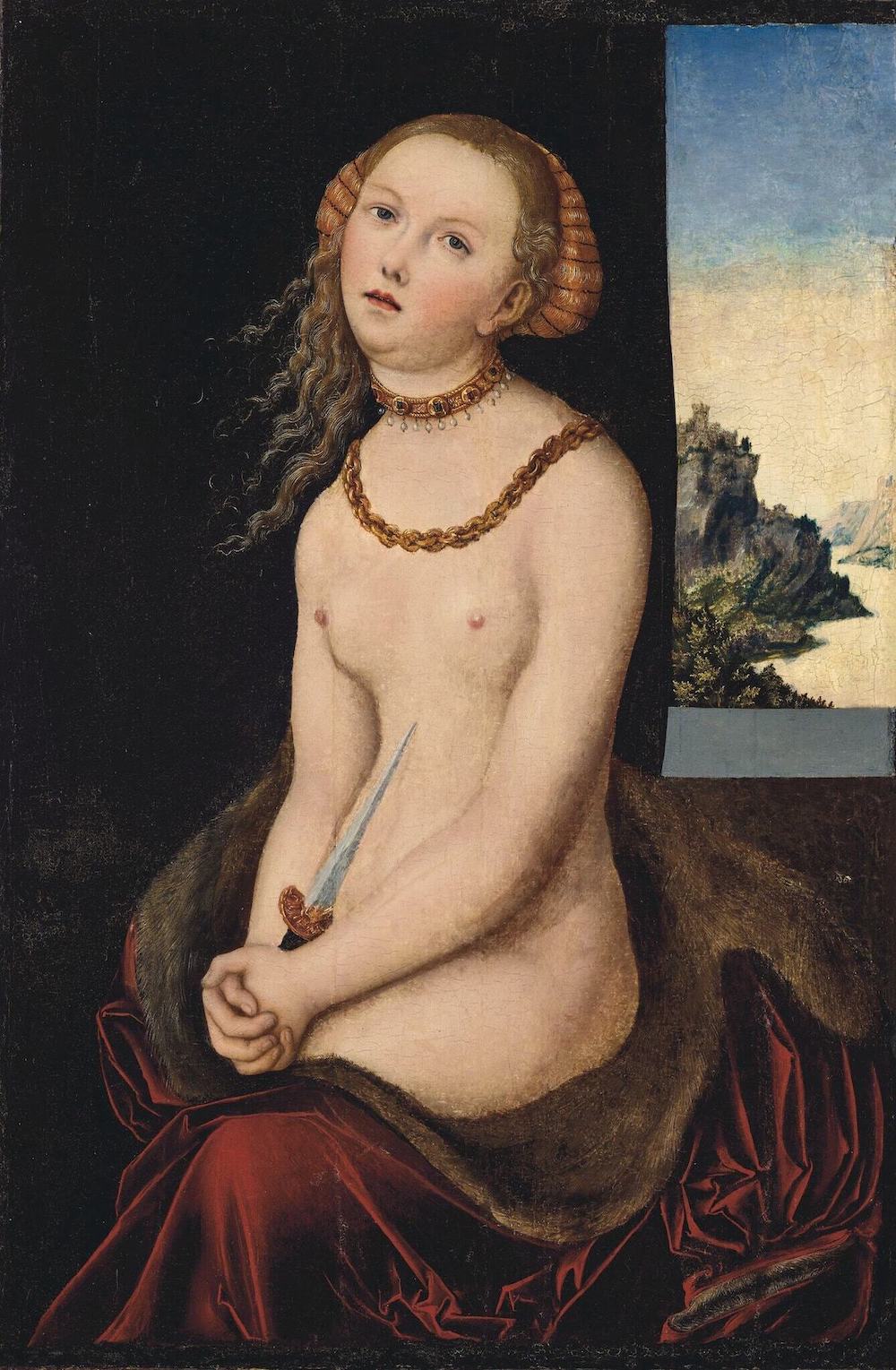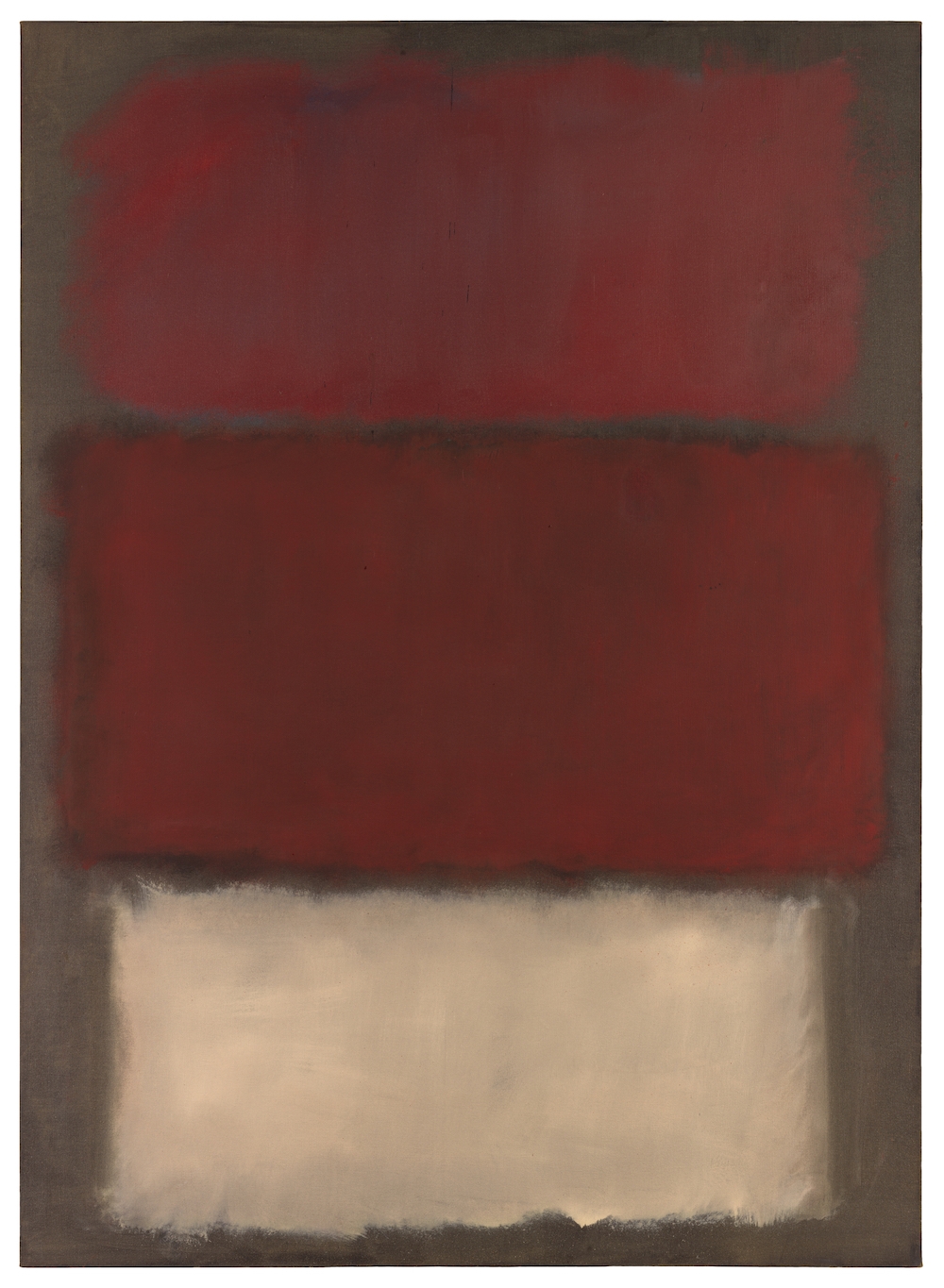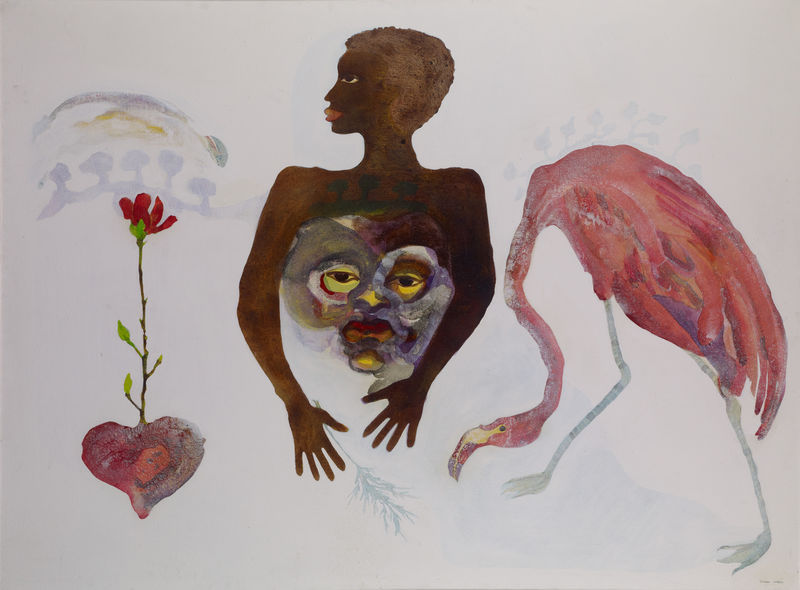COVID-19 has caused severe financial distress to art institutions—some have closed or cut back on hours and staff, and now there is pressure to sell artworks from collections to reduce deficits in operating budgets. At the same time, the “woke” culture movement has called out art museums on the relatively small number of minority and female executives and the woeful paucity of works by people of color and women in permanent collections.
The Association of Art Museum Directors (AAMD) rules only permit sales of artwork for new acquisitions that broaden a museum’s collection. Now because of the pandemic, the AAMD is making an exception and will not sanction museums that deaccession art to underwrite direct care of collections for the next 18 months. The Brooklyn Museum announced that it is putting 12 works up at auction in October, 2020 to support operating expenses. With only a thin endowment to fall back on, it hopes to raise millions through the sale of works not displayed for decades, including those by Cranach, Courbet and Corot.

Lucas Cranach the Elder, Lucretia (1526–37). One of the 12 artworks auctioned by the Brooklyn Museum, 2020.
Even more controversial is the spate of announced sales of museum artwork by white male artists to fund the purchase of works by artists of color and female artists to diversify permanent collections. SFMOMA recently announced plans to “rebalance” its collection to atone for years of neglecting Black, Latino and female artists, in part by auctioning a $50 million Rothko. Fortunately, the AAMD permits sales of art for the purpose of broadening and diversifying collections.
In 2018 the Baltimore Museum sold works from its collection to purchase under-represented works by artists of color—an acute problem for a city that is majority Black. Now the museum seeks to sell three major paintings by Brice Marden, Clyfford Still and Andy Warhol, hoping to raise as much as $65 million from auctioning them at Sotheby’s. The purpose is to raise salaries of the lower level staff, spend funds on diversity programs and reduce admission fees.

Mark Rothko, Untitled (1960). Photo: © 1998 Kate Rothko Prizel and Christopher Rothko, Artists Rights Society New York.
The Baltimore Museum admits that it does not have budget shortfalls, so the sale of these works may violate AAMD standards. The three major pieces for sale are likely to disappear into private hands. However, disparities in staff pay is a major problem that must be addressed and the need for diversity programs is long overdue in many cultural institutions. The museum should be applauded for its initiatives addressing these problems.
The Everson Museum of Art in Syracuse, NY, set off a firestorm when it announced that it intended to sell a major Jackson Pollock drip painting, Red Composition (1946), at Christie’s auction October 6, with a high-end estimate of $18 million (the painting actually sold for $13 million). The sale’s purpose was to subsidize purchasing works by minority artists, who are under-represented in the Everson’s collection—an especially glaring omission since Syracuse has a large Black population.
The Pollock sale was opposed by the Los Angeles Times’ principal art critic, Christopher Knight, on the grounds that the masterwork would disappear into private hands: “…historic inequities are not corrected through blunt erasure and replacement which is what Baltimore, San Francisco, and now Syracuse have been up to.”

Suzanne Jackson, “Apparitional Visitations” (1973) in Now Dig This! Art and Black Los Angeles, 1960–1980 at the Hammer Museum, Los Angeles, OCT 2, 2011–JAN 8, 2012
I disagree. Many of us were taught art history with a complete disregard for minority artists—a blindness endemic for far too long in the art establishment. The Hammer’s “Now Dig This!” show in 2011, a part of the Pacific Standard Time initiative sponsored by the Getty, was an eye-opener, focusing on Black and other minority artists whose work had all too often been ignored, or shuffled off to museum storage.
Things have changed dramatically in the last 10 years—The Gallery at UTA has created opening-night frenzies with Black guest curators such as Swizz Beatz, attracting a coterie of celebrities from the hip hop world. David Zwirner, who owns galleries worldwide, recently announced the financing of a stand-alone gallery in New York dedicated to Black artists and run by Black staff. Art auctions have set records for long-overlooked Black artists including Barkley Hendricks, Romare Bearden and Jack Whitten. The blockbuster show “Soul of a Nation” enjoyed an extended run at The Broad last year.
The time has come for art museums to adjust their collections to make up for the inexcusable omissions of artists of color and female artists. It’s unfortunate that the Pollock will probably disappear from view, but there are numerous other Pollocks in public collections and, if the sale enables the Everson to purchase artwork by overlooked artists of color and female artists, then it’s the right thing to do.


